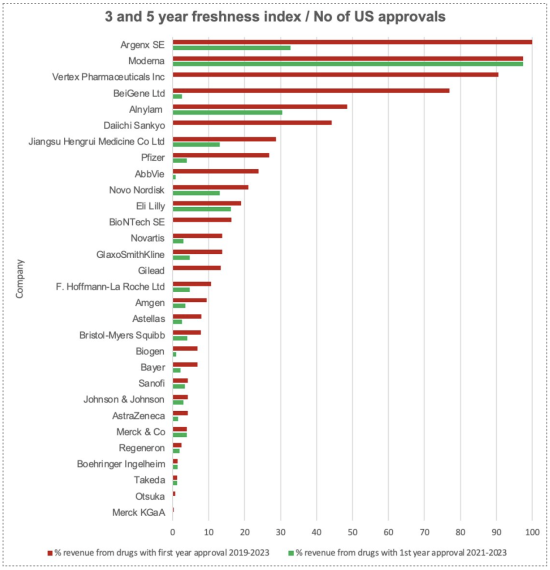Insights
Digital Therapeutics: Waiting for the First Reimbursement Domino to Fall
Written by Daniel Bobear — 2022-02-28.
Digital therapeutics (DTx) is a term that is increasingly thrown around and misused in innovation-centered healthcare conversations. Generally speaking, DTx refer to any software that directly improves health function, or is used to treat or manage a disease, and in many cases can be prescribed as direct interventions.
While some non-prescription DTx have followed a direct-to-consumer model, prescribed DTx must find a way to fit into a fragmented U.S. healthcare coverage market. In a world that has digitized just about every industry, pharma has lagged in implementing the use of digital interventions, an issue that is largely attributable to the lack of guidance or standardization for how these digital therapies should be reimbursed.
Since the Food and Drug Administration (FDA) approved the first digital therapeutic–Pear Therapeutics’ reSET and reSET-O in 2017 (1) –the pace of clinical development and commercialization has increased rapidly year over year, yet the reimbursement policies necessary for implementation have not kept pace. The COVID-19 pandemic spurred widespread digital need recognition and fostered the development of technological capabilities, but the development of payor standards needed for complete industry adoption is still in limbo.
While there is certainly a plethora of cost-benefit arguments to be made in the public arena, the inherent idea that a smartphone app is something to be prescribed and reimbursed certainly calls for new guideline caveats for both the FDA and payors. The roadblock to widespread reimbursement stems not from the FDA, but from the Center for Medicare and Medicaid Services (CMS) due to a lack of proactivity in making digital-friendly edits to current reimbursement criteria while the agency creates a new framework for digital software altogether.
In fairness, the FDA is relatively far along in terms of DTx adoption. The agency is currently drafting up a Digital Health Software Pre-Certification Program (2) in hopes of a more expedited review process in the future for DTx. This program focuses on streamlining the approval process for new software developed by pre-certified companies, an approach that strays from the traditional product-by-product framework used to review medical devices and drugs. The general goal of the “Pre-Cert” program is to establish a quicker procedure to review subsequent digital therapeutics that are sufficiently maintained by pre-certified companies with previous approvals.
The CMS appeared to be gaining momentum when they published a final rule in January 2021 that would grant Medicare coverage of FDA-designated breakthrough devices for up to four years. The rule was set to take effect the following December but was repealed in November due to concerns about the specificity of clinical evidence requirements (3). This delay in establishing a final public reimbursement rule is undeniably detrimental to industry stakeholders. Private payors, for instance, are left waiting to see how the federal government builds its regulatory criteria for patient need. CMS also states in its repeal that the “…standard for Medicare coverage is not synonymous with the standards for FDA marketing authorization of devices, which are not specific to the Medicare population.” What the CMS wants is explicit proof that the prescription software benefits their beneficiaries, not just people.
The issue here is that Medicare is one of the largest providers of health insurance in the US, with over 60 million beneficiaries (18.4% of the US population (4)), all of which are over the age of 65. That is a large market of older patients who are missing out on technologies with potential to make their care maintenance easier and that don’t force them to struggle their way to doctor’s appointments as frequently. Digitizing parts of medical treatment has challenges in an older population but concerns over efficacy are being ousted via pivotal trials, and those over the true reduction of patient burden should diminish over time as the elderly patient population becomes more digitally literate.
In contrast to the CMS, the FDA has a temporary framework for digital therapeutics (referred to as software as a medical device, or SaMDs, by the agency) and reviews, clears, and–for now–approves software within its general medical device framework. While the FDA at least has a clearance and approval framework in place during the wait for a permanent process, the true economic value to industry stakeholders and qualitative contribution to the patient experience offered by digital therapeutics remain unrealized due to CMS’s tardiness on this same front.
References
https://www.fda.gov/news-events/press-announcements/fda-clears-mobile-medical-app-help-those-opioid-use-disorder-stay-recovery-programs
https://www.fda.gov/medical-devices/digital-health-center-excellence/digital-health-software-precertification-pre-cert-program
https://www.regulations.gov/document/CMS-2020-0098-0676
https://www.census.gov/library/publications/2021/demo/p60-274.html
IDEA Pharma
We work with clients early in lifecycle, crafting a compelling product story and building a best-in-class strategy that helps every molecule reach its potential. It’s what we do best. And there’s nobody that does it quite like us IDEA Pharma
